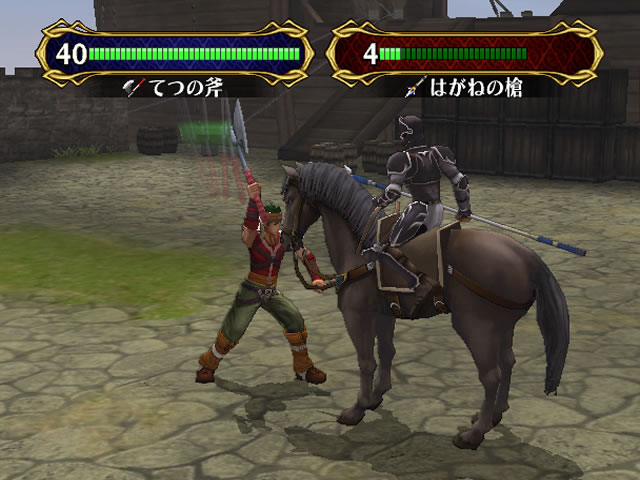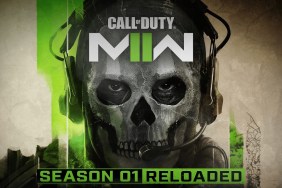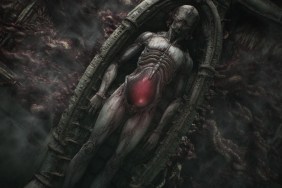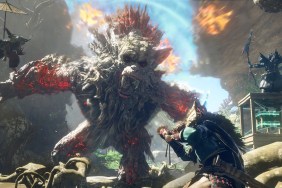An eternal flame.
It’s not often a handheld series gains enough devotees to warrant a console port, so it’s pretty impressive that Intelligent Systems has had two series make the rare jump in just the last couple of months. While they probably should have looked a little more carefully before they let Advance Wars leap into Kuju’s hands, they at least learned their lesson. Instead of letting some dubious third-party change the beloved Fire Emblem series into a lame hybrid for the Gamecube, Intelligent Design handled the series’ quantum leap themselves. The result, Fire Emblem: Path of Radiance, is a solid RPG for the Gamecube that’s just as fun to play on your couch as the previous entries were on the bus.
Even though this is the ninth Fire Emblem title, there hasn’t been a console release in the series since the days of the Super Famicon. But while this version is peculiar in that regard, it wisely sticks to its hereditary core, changing little.
The basic story, for example, could have come from any of the other Fire Emblem games. It opens on an ordinary day at work for the Greil Mercenaries. Suddenly, the nation of Crimea is invaded by the surly Daein army! They stomp into the country, kill the king, and proceed to hunt for the narrowly-escaping princess. Must be a Monday.
During the hubbub, Greil, the mercenary leader, is cut down by the enigmatic Black Knight, passes command to his son, Ike (a.k.a. You) and promptly dies. After fleeing (princess in tow) to the neighboring country of Gallia, the company decides to take the fight to the Daein army with the help of a half-beast, half-man race known as the Laguz.
The blander elements of the story (black knight, displaced princess) are countered by spicy themes of prejudice, tons of character development and more political intrigue than you can shake a scepter at. While it’s very linear, watching Ike go from a snot-nosed cadet to a battle-hardened commander will make you proud. And it should, because the Path of Radiance is a tough road to travel.
For those new to the series, Fire Emblem: Path of Radiance is a turn-based strategy RPG in the vein of Shining Force. You move your units around a battlefield grid, winning by a variety of conditions like seizing a fortress, escaping a dungeon, or simply wiping out your foes. It’s a lot like a fantastical role-playing version of Advance Wars with swords and spells instead of guns and tanks.
Both series also share the same excellent rock-paper-scissors logic to balance units (i.e. swords are effective against axes, but weak against lances). Like Othello, this system is easy to learn but difficult to master. Balancing your squad with the various classes is strategically challenging and crucial to success.
But perhaps the greatest challenge to be found here is through death. If one of your allies is cut down, they stay down. No magic feathers or friendly priests here, just harsh reality. This interesting if aggravating feature adds real gravity to your decisions, and is supported by the fact that you can suspend the battle during any turn and reset to a checkpoint if things go sour. This is a great approach, because it forces you to consider your moves carefully without discouraging experimentation.
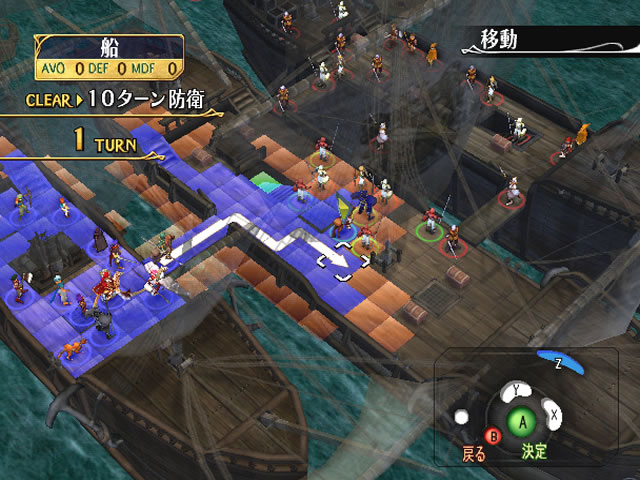 Death wouldn’t be a big deal if your troops were faceless fodder, but you’ll actually end up getting pretty attached to them thanks to the way they’re all woven into the detailed and engrossing plot. Even if you do go a little cold-blooded and toss a weak character to the lions, there is a constant stream of new allies to gain, so you shouldn’t ever run out of troops. And if you do, your evil ass probably deserves it.
Death wouldn’t be a big deal if your troops were faceless fodder, but you’ll actually end up getting pretty attached to them thanks to the way they’re all woven into the detailed and engrossing plot. Even if you do go a little cold-blooded and toss a weak character to the lions, there is a constant stream of new allies to gain, so you shouldn’t ever run out of troops. And if you do, your evil ass probably deserves it.
Even if you look after your units like a mother hen, many of them will probably die before you finish the game because your enemies fight with little mercy and lots of brains. If they can attack your weakest character, they always will. You’re typically outnumbered, and one small oversight in placement can destroy your team. This is not a game for the brash or impatient.
Faced with such perilous odds, your units will develop friendships and boost each other’s performances in battle. The more you place compatible units next to each other on the map, the more often you can have a ‘support conversation’, strengthening the strategic and emotional relationship of both units. Talk about friends with benefits.
The newest and most interesting unit types are the lycanthropic Laguz, who come in cat, bird, and dragon flavors. They begin battles in human form and are capable of little aside from soaking up damage and defending weaker units, but every turn their transformation meter fills a bit, and when it fills completely they can change into their hard-hitting animal form. The transformation meter then decreases, and when it hits zero they turn back into humans. This makes them especially useful at filling holes in your defenses, as any enemy that attacks them risks a beastly backlash.
Also, all units can now gain certain skills that are transferred and equipped just like weapons. These offer combat benefits, like always attacking first or enhancing the effects of a unit’s biorhythm (a new attribute that continually fluctuates, modifying a unit’s performance).
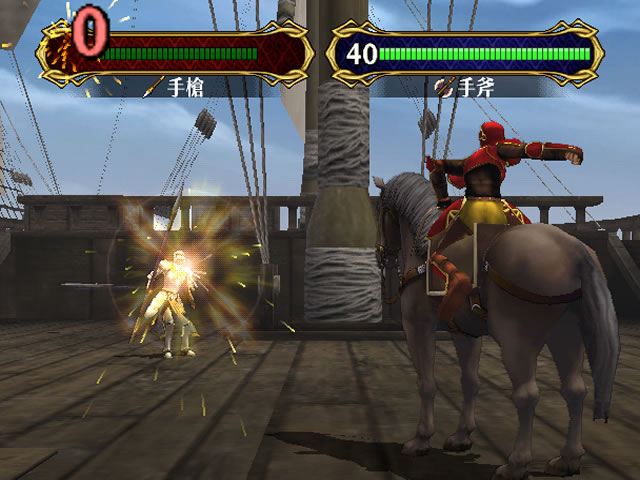 Less effective are Ike’s Direct and Order commands. These are meant to let all friendly units act under general directions instead of direct control, but simple commands like ‘attack’ prove to be problematic when units rush alone into the fray. If you want something done right, you still have to do it yourself.
Less effective are Ike’s Direct and Order commands. These are meant to let all friendly units act under general directions instead of direct control, but simple commands like ‘attack’ prove to be problematic when units rush alone into the fray. If you want something done right, you still have to do it yourself.
To match its consistent gameplay, Path of Radiance maintains a decent level of visual polish throughout. Of course, this is a much more sophisticated looking game than any of its sprite-based, handheld counterparts, although it isn’t nearly as slick as other console RPGs like Dragon Quest VIII. The cutscenes, at least, are stunning, if too few and far between.
Aurally, though, the game is still stuck on the GBA with no voiceover work at all, remaining just as text heavy as its predecessors. Otherwise, the battle themes are nicely transparent, adding rhythm to the battles without grating on the nerves.
Like a goldfish in a bigger bowl, Fire Emblem: Path of Radiance makes much of its newfound space without actually evolving into a new beast, and that’s mostly a good thing. What it lacks in innovation it makes up for in sheer challenge, making this a path worth following.
-
Challenging strategy
-
Easy to manage
-
Tons of well developed characters
-
Some good new features
-
Some bad new features
-
Too linear
-
Too familiar
-
Where are my cutscenes?
